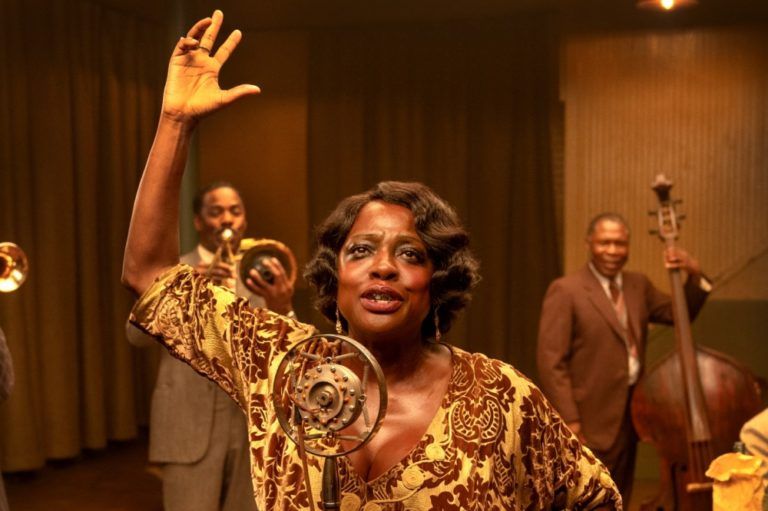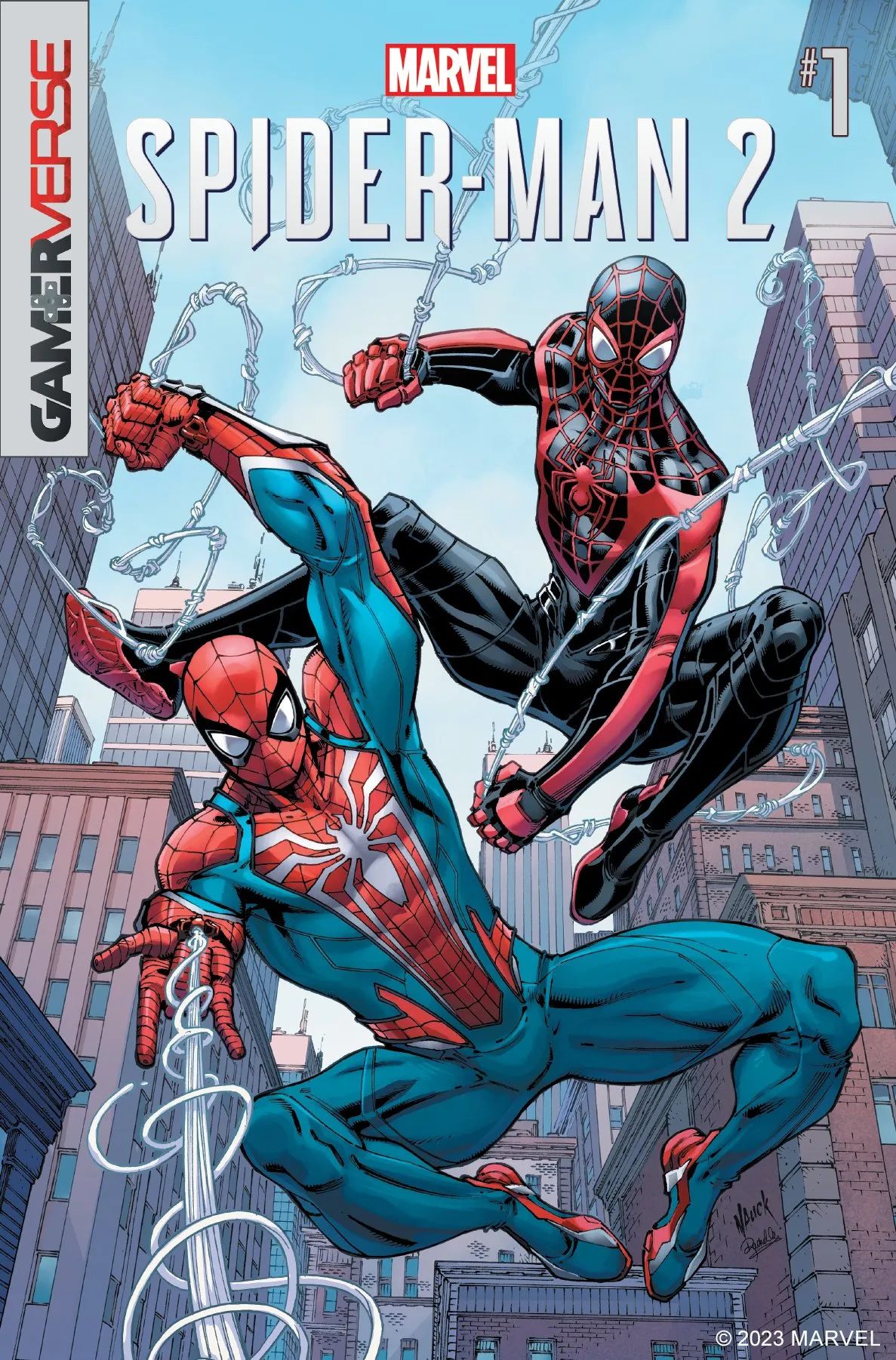
For decades, Marvel Comics has captivated imaginations, sparking a global phenomenon that transcends mere comic book pages. From the humble beginnings in the pulp-magazine era to its current status as a multimedia titan, the journey of Marvel is a thrilling saga of innovation, resilience, and creative genius. It’s a narrative woven with pivotal decisions, groundbreaking characters, and a relentless drive to tell stories that resonate deeply with audiences across generations.
As ardent fans and enthusiasts, we’re here to pull back the curtain and explore the seminal moments that didn’t just define Marvel, but reshaped the entire landscape of popular culture. This isn’t just a trip down memory lane; it’s an in-depth look at the strategic shifts, the creative leaps, and the business acumen that built the Marvel Universe we know and love today. Prepare to discover the key turning points that forged an unstoppable legacy, showcasing how seemingly small steps led to monumental leaps.
Join us as we chart the course of Marvel’s evolution, highlighting the fourteen game-changing chapters that propelled it from a pioneering publisher to the powerhouse it is now. These are the moments when boundaries were pushed, new heroes were born, and the very fabric of sequential storytelling was redefined.

1. The Genesis of Timely Comics: Laying the Foundation
Our epic journey begins in 1939, with pulp-magazine publisher Martin Goodman. Recognizing the burgeoning popularity of comic books, Goodman launched Timely Publications, setting up shop in New York City. He officially held the titles of editor, managing editor, and business manager, with his brother, Abraham Goodman, listed as publisher. This inaugural venture marked the true birth of what would one day become Marvel.
Timely’s very first publication, *Marvel Comics #1* (October 1939), was an instant sensation. It introduced readers to Carl Burgos’ android superhero the Human Torch and Bill Everett’s anti-hero Namor the Sub-Mariner, among other thrilling features. This debut issue, along with its second printing, remarkably sold nearly 900,000 copies, signaling the immense potential of this new storytelling medium.
The early success wasn’t a fluke. By the following year, Timely had its own dedicated staff, and its first true editor, writer-artist Joe Simon, teamed up with artist Jack Kirby to create Captain America in *Captain America Comics #1* (March 1941). This patriotically themed superhero proved another massive hit, boasting sales of nearly one million copies. These foundational years established Timely’s presence and introduced characters that would echo through decades of comic history.

2. Navigating the Post-War Landscape: The Atlas Comics Era
The post-war American comic market brought significant shifts, as superheroes, once immensely popular, began to fall out of fashion. Martin Goodman’s comic book line had to adapt, mostly dropping its superhero titles to explore a much broader array of genres than even Timely had ventured into. This era saw the publisher delve into horror, Westerns, humor, talking animal stories, men’s adventure-drama, giant monster tales, crime, and war comics, later adding jungle books, romance, espionage, medieval adventure, Bible stories, and even sports.
To unite this diverse output, Goodman began using the globe logo of his newsstand-distribution company, Atlas News Company, on comics cover-dated November 1951. This branding appeared across titles published by the same staff and freelancers through an astonishing 59 shell companies, from Animirth Comics to Zenith Publications. Rather than pioneering new concepts, Atlas followed popular trends in television and films, showcasing Westerns, war dramas, and drive-in film monsters, and even drew inspiration from rival comic books, particularly EC’s horror line.
Despite efforts to revive characters like the Human Torch, Sub-Mariner, and Captain America from late 1953 to mid-1954, Atlas didn’t achieve any breakout hits. According to Stan Lee, the company primarily survived by producing work quickly, cheaply, and at a passable quality. A major blow came in 1957 when a distribution switch left Atlas without a distributor, forcing them to turn to Independent News, the distribution arm of rival National (DC) Comics. This imposed draconian restrictions, drastically cutting their monthly output from 40-60 books to just eight or twelve, a moment of profound challenge for the company, briefly renamed Goodman Comics under the deal.
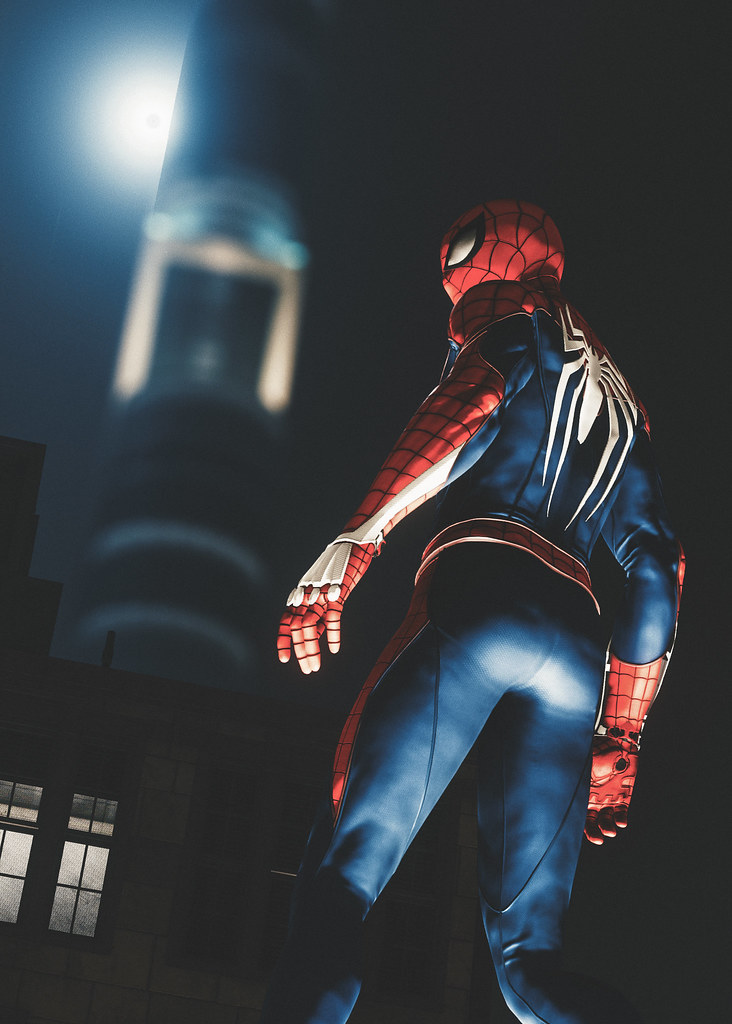
3. The Dawn of the Marvel Age: Stan Lee’s Revolution (1961)
The year 1961 marked an indelible turning point, signaling the true beginning of the modern Marvel Comics as we know it. Following DC Comics’ success in reviving superheroes, Marvel followed suit, but with a revolutionary twist. Writer-editor Stan Lee spearheaded this transformation, introducing superheroes designed to appeal to older readers, moving beyond the predominantly child audiences of the medium. This period is now famously known as the Marvel Age of Comics, a time when character-driven storytelling became paramount.
The pivotal moment arrived with *The Fantastic Four #1* (November 1961), featuring Marvel’s first modern superhero team. These characters broke conventions by squabbling, holding grudges both deep and petty, and openly embracing their celebrity status rather than maintaining secret identities. This innovative approach, often described as “superheroes in the real world,” represented a radical departure from the archetypes of the time, resonating powerfully with a new generation of readers who sought more complex narratives and relatable heroes.
This new direction established Marvel’s reputation for focusing on characterization and exploring adult issues to a greater extent than previous superhero comics. The flawed, often troubled heroes, including those who looked like villains or monsters such as the Hulk and the Thing, struck a chord with an increasingly mature audience, including college-aged adults. This naturalistic approach, extending even into topical politics by depicting communist agents and Viet Cong guerrillas, further differentiated Marvel and cemented its unique voice in the industry, making it feel like “The Beatles and the British Invasion” compared to rival companies.
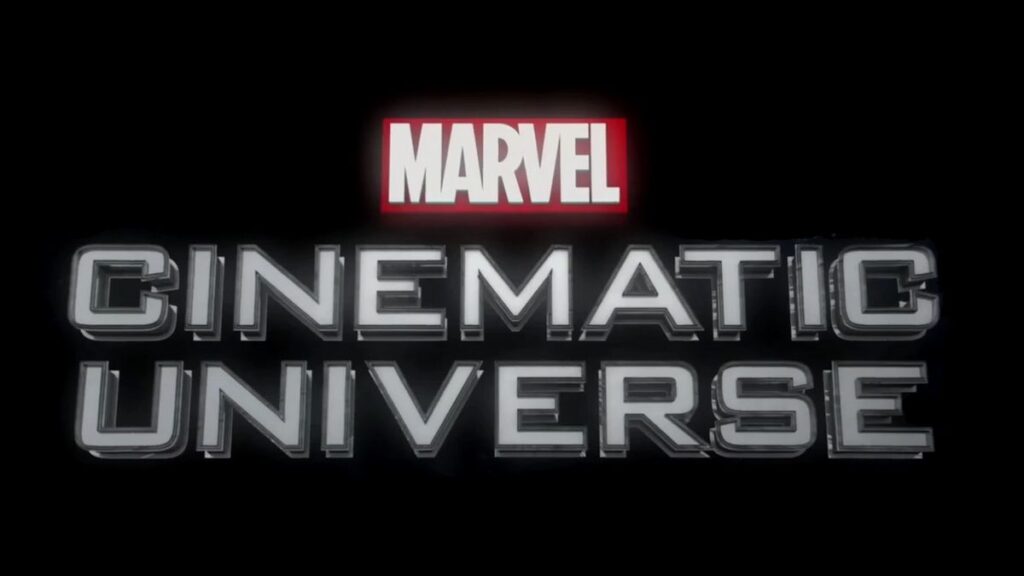
4. Crafting a Universe: The Rise of Iconic Heroes
Building on the success of *The Fantastic Four*, Marvel truly began to forge its iconic pantheon of characters and an interconnected reality. Stan Lee and his collaborators, notably Jack Kirby and Steve Ditko, unleashed a wave of heroes and antiheroes that would become household names. Spider-Man, in particular, became Marvel’s most successful book, captivating readers with a young hero who grappled with self-doubt and mundane teenage problems, a refreshing contrast to the perfect heroes of previous eras.
Beyond Spider-Man, the Marvel Age saw the birth or significant reimagining of legends like the Hulk, Thor, Ant-Man, Iron Man, the X-Men, Daredevil, the Inhumans, Black Panther, Doctor Strange, Captain Marvel, and the Silver Surfer. What made these characters stand out was their existence within a shared reality known as the Marvel Universe. This universe mirrored real-life locations such as New York, Los Angeles, and Chicago, making their extraordinary adventures feel grounded and relatable to readers.
This unique approach, emphasizing flawed superheroes, freaks, and misfits, created a dynamic world where heroes bickered and complained, reflecting a more complex and human experience. It was a universe populated not just by heroes, but also by memorable antagonists like Doctor Doom, Magneto, Galactus, Loki, the Green Goblin, and Doctor Octopus, all contributing to rich, ongoing narratives that fueled reader engagement and established the intricate tapestry of the Marvel Universe.
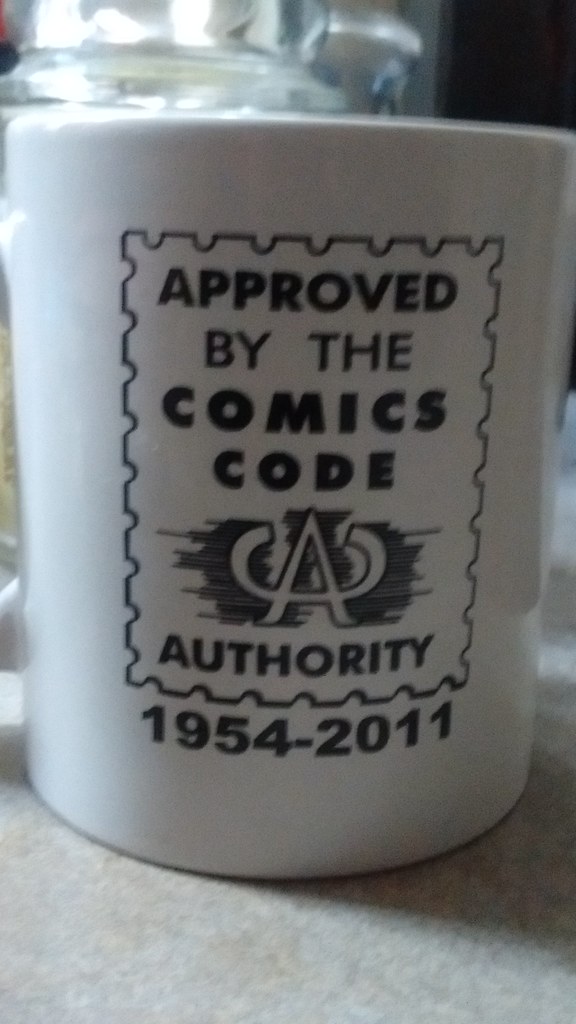
5. Defying Censorship: The Comics Code Authority Challenge (1971)
In 1971, Marvel Comics faced a significant test of its commitment to relevant storytelling when the United States Department of Health, Education, and Welfare approached editor-in-chief Stan Lee. They sought a comic book story addressing drug abuse, a pressing social issue. Lee, always one to push boundaries, agreed and penned a compelling three-part Spider-Man story that portrayed drug use as dangerous and undeniably unglamorous.
However, this initiative ran head-first into the rigid rules of the industry’s self-censorship board, the Comics Code Authority (CCA). Despite the story’s anti-drug message, the CCA refused to approve it due to the mere presence of narcotics, deeming the context irrelevant. This presented a dilemma for Marvel: conform or challenge the established authority. With the full backing of publisher Martin Goodman, Lee made a bold and historic decision.
Marvel published the story regardless, in *The Amazing Spider-Man #96–98* (May–July 1971), notably without the Comics Code seal. The market’s reaction was overwhelmingly positive, demonstrating a hunger for more mature and socially conscious narratives. This powerful move forced the CCA to reconsider its outdated guidelines, leading to a revision of the Code that same year, forever changing the landscape of what comic books could address.
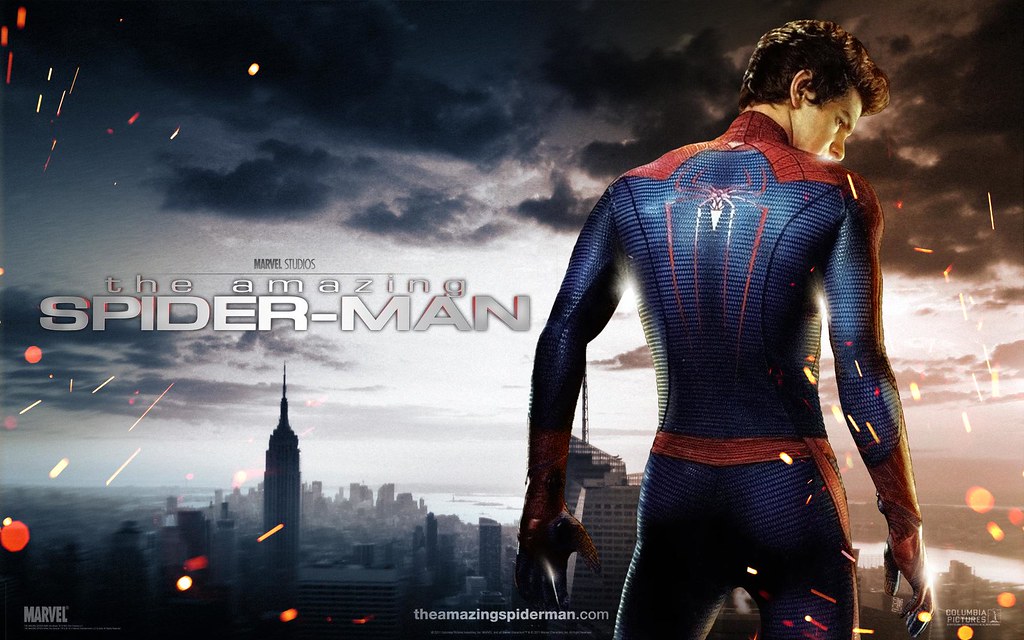
6. Embracing Diversity: Expanding Genres in the 1970s
Following the groundbreaking developments of the 1960s, Marvel entered the 1970s ready to further diversify its content and explore new storytelling avenues. After Martin Goodman retired as publisher in 1972, Stan Lee briefly took the helm as president and publisher, appointing Roy Thomas as editor-in-chief. Under a series of new editors-in-chief, Marvel strategically branched out, capitalizing on the revised Comics Code and seeking to engage broader audiences.
This era saw Marvel venture into a wide array of genres, delivering cult hits and fan favorites. They delved into horror with titles like *The Tomb of Dracula*, martial arts with *Shang-Chi: Master of Kung Fu*, and sword-and-sorcery with *Conan the Barbarian* (beginning in 1970) and *Red Sonja*. Satire found its voice in *Howard the Duck*, and science fiction flourished with adaptations such as *2001: A Space Odyssey*, *Battlestar Galactica*, *Star Trek*, and, crucially, the long-running *Star Wars* series, which would prove immensely popular.
Many of these diverse offerings were also published in larger-format black and white magazines under the Curtis Magazines imprint, showcasing Marvel’s versatility. This strategic expansion allowed the company to pull ahead of rival DC Comics in 1972, demonstrating its ability to adapt and innovate within a fluctuating market. This period truly solidified Marvel’s capacity to tell compelling stories across any genre, laying groundwork for its future multimedia ambitions.
Read more about: Robert De Niro at 80: A Deep Dive into the Legendary Actor’s Transformative Artistry, Enduring Legacy, and Remarkable Personal Evolution
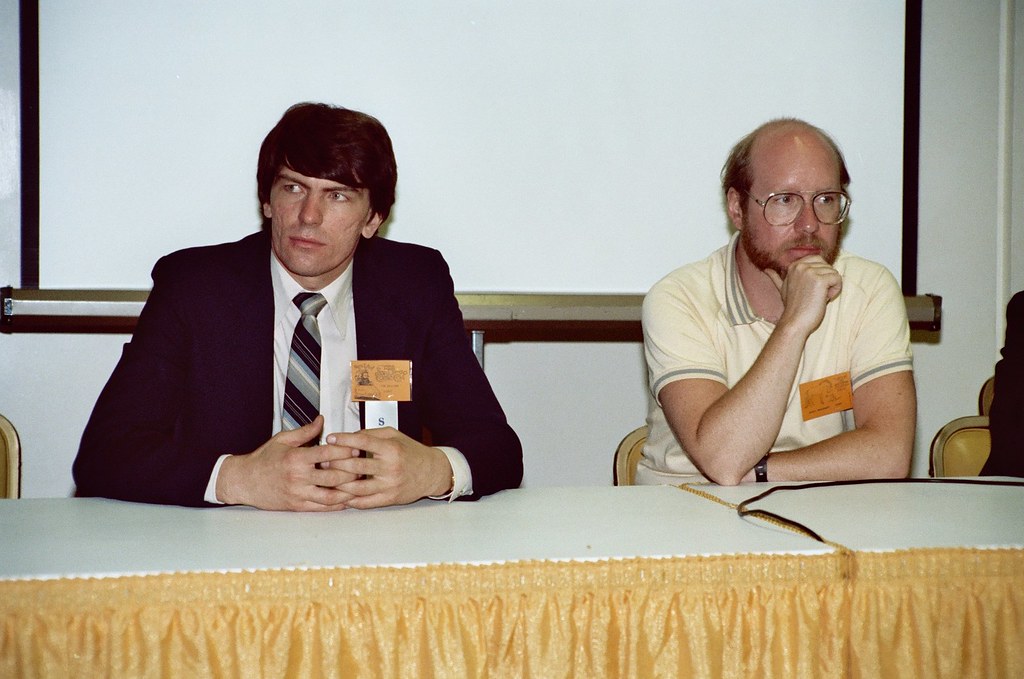
7. Jim Shooter’s Transformative Leadership: Professionalizing the Industry (1978-1987)
In 1978, Jim Shooter stepped into the demanding role of Marvel’s editor-in-chief, marking another pivotal era for the company. Despite being a controversial personality, Shooter initiated critical procedural reforms that cured many of Marvel’s internal ills, most notably addressing the persistent issue of missed deadlines that had plagued production. His tenure, spanning nine years, brought a new level of professionalism and structure to the publisher.
Under Shooter’s leadership, some of Marvel’s most enduring and critically acclaimed runs emerged, including Chris Claremont and John Byrne’s *Uncanny X-Men* and Frank Miller’s *Daredevil*, which became both critical and commercial successes. Shooter was instrumental in guiding Marvel into the rapidly evolving direct market, selling comics through specialty stores rather than just newsstands. This strategic shift was crucial for the company’s future financial health and distribution.
Furthermore, Shooter institutionalized creator royalties, beginning with the groundbreaking Epic Comics imprint in 1982, which focused on creator-owned material. He also pioneered the concept of company-wide crossover story arcs with titles like *Contest of Champions* and *Secret Wars*, forever changing how interconnected narratives were told in comics. While his 1986 launch of the New Universe line to commemorate Marvel’s 25th anniversary proved unsuccessful, his reforms fundamentally reshaped Marvel’s operations, setting a new standard for the entire comic book industry. The children-oriented Star Comics line also found brief success during this period, showcasing Marvel’s continued drive for market expansion.
Following a period of significant structural reforms and creative breakthroughs, Marvel Comics entered a new phase of its storied existence, navigating both soaring triumphs and existential threats. The journey through the 1990s and into the new millennium would test its resilience, redefine its ambitions, and ultimately cement its place as a global entertainment juggernaut. We now pick up the narrative, exploring the subsequent seven pivotal chapters that continued to sculpt the Marvel Universe into the multimedia powerhouse it is today. This next segment dives deep into the strategic shifts, market challenges, and groundbreaking expansions that propelled Marvel to unprecedented heights and into the arms of a global entertainment titan. It’s a compelling look at how innovation, adaptation, and an unwavering commitment to character have consistently placed Marvel at the forefront of storytelling.

8. The Booming 1990s and Shifting Sales Strategies
The 1990s opened with an undeniable surge of financial success for Marvel, marking a high point in the comic book industry. Following the groundwork laid by Shooter’s era, Marvel leveraged this period to introduce innovative lines and expand its market reach significantly. The company saw tremendous worldwide success during the comic book boom, fueled by strategies that deeply resonated with its growing fan base.
During this vibrant decade, Marvel launched the popular 2099 line of comics, projecting its beloved characters into a futuristic setting with titles like *Spider-Man 2099*. This futuristic vision offered fresh narratives while capitalizing on established legacies. Although less commercially successful, the creatively daring Razorline imprint, created by novelist and filmmaker Clive Barker, also showcased Marvel’s willingness to experiment and push artistic boundaries during this prosperous time.
Beyond new comic lines, Marvel diversified its offerings. In 1990, the company partnered with SkyBox International to release Marvel Universe Cards, collectible trading cards that captured the essence of the Marvel Universe’s characters and events. The era also popularized variant covers, various cover enhancements, special swimsuit issues, and large-scale, company-wide crossovers that profoundly impacted the overall continuity of the Marvel Universe, all contributing to the decade’s robust sales.
Read more about: The Rise and Fall: A Comprehensive Look at Why Ford Ended the Mercury Brand After 70+ Years

9. Artist Revolutions and Strategic Acquisitions
Despite the financial highs, the early 1990s also witnessed a significant internal shift with the departure of some of Marvel’s most influential artists. In early 1992, a group of seven prized talents—including Todd McFarlane, known for his groundbreaking work on *Spider-Man*, Jim Lee of *X-Men* fame, and Rob Liefeld of *X-Force*—left the company. This exodus led to the formation of Image Comics, a move that fundamentally altered the landscape of creator rights and independent publishing within the industry.
In a strategic counter-move to these industry shifts, Marvel engaged in significant acquisitions. Three years after the artist defection, on November 3, 1994, Marvel purchased Malibu Comics from Scott Mitchell Rosenberg. This acquisition not only brought Malibu’s Ultraverse line of comics and the Genesis Universe into Marvel’s burgeoning multiverse but also granted Marvel ownership of cutting-edge computer coloring technology developed by Rosenberg, enhancing their production capabilities.
Just prior to the Malibu deal, earlier in 1994, Marvel also solidified an agreement with Harvey Comics. This arrangement saw Marvel taking on the publishing and distribution responsibilities for Harvey’s existing titles, further expanding Marvel’s publishing portfolio and demonstrating its ongoing efforts to consolidate its position within the broader comic book market. These moves highlighted a dynamic period of both internal challenge and strategic external growth for the company.

10. Navigating the Mid-90s Crisis and Bankruptcy
The mid-1990s proved to be a turbulent period for Marvel and the comic book industry as a whole, culminating in a severe distribution crisis and financial instability. In late 1994, in an ambitious and ultimately ill-fated move, Marvel acquired Heroes World Distribution to serve as its exclusive distributor. This decision had profound ripple effects across the entire industry.
As Marvel’s major competitors subsequently forged exclusive distribution deals with other companies, the industry’s distribution network consolidated dramatically. This led to a situation where only one other major distributor, Diamond Comic Distributors Inc., managed to survive in North America. The specialized comic book stores, which had become critical to the industry, suddenly faced a much narrower set of options for sourcing their stock.
The broader industry, already facing a slump by the middle of the decade, was severely impacted. In December 1996, Marvel Entertainment Group (MEG) filed for Chapter 11 bankruptcy protection, marking a grim chapter in the company’s history. When Marvel’s Heroes World endeavor failed in early 1997, Diamond Comic Distributors stepped in, forging an exclusive deal with Marvel that included giving the company its own dedicated section in Diamond’s *Previews* catalog, a crucial lifeline for Marvel’s recovery.
During this challenging time, Marvel also expanded into other media, including Saturday-morning cartoons like *X-Men: The Animated Series* (1992) and *Spider-Man: The Animated Series* on Fox Kids. In 1993, a unique collaboration with Thomas Nelson led to Christian media genre comics, including “The Illuminator” and adaptations of Christian novels. A significant move in 1996 was “Heroes Reborn,” a crossover that relaunched flagship characters like the Avengers and Fantastic Four, outsourcing them to studios formed by former Marvel artists Jim Lee and Rob Liefeld, providing a much-needed boost amidst the struggles.
Read more about: The Definitive Look at MC Hammer’s Financial Downfall: 12 Mistakes That Led a Music Icon to Bankruptcy
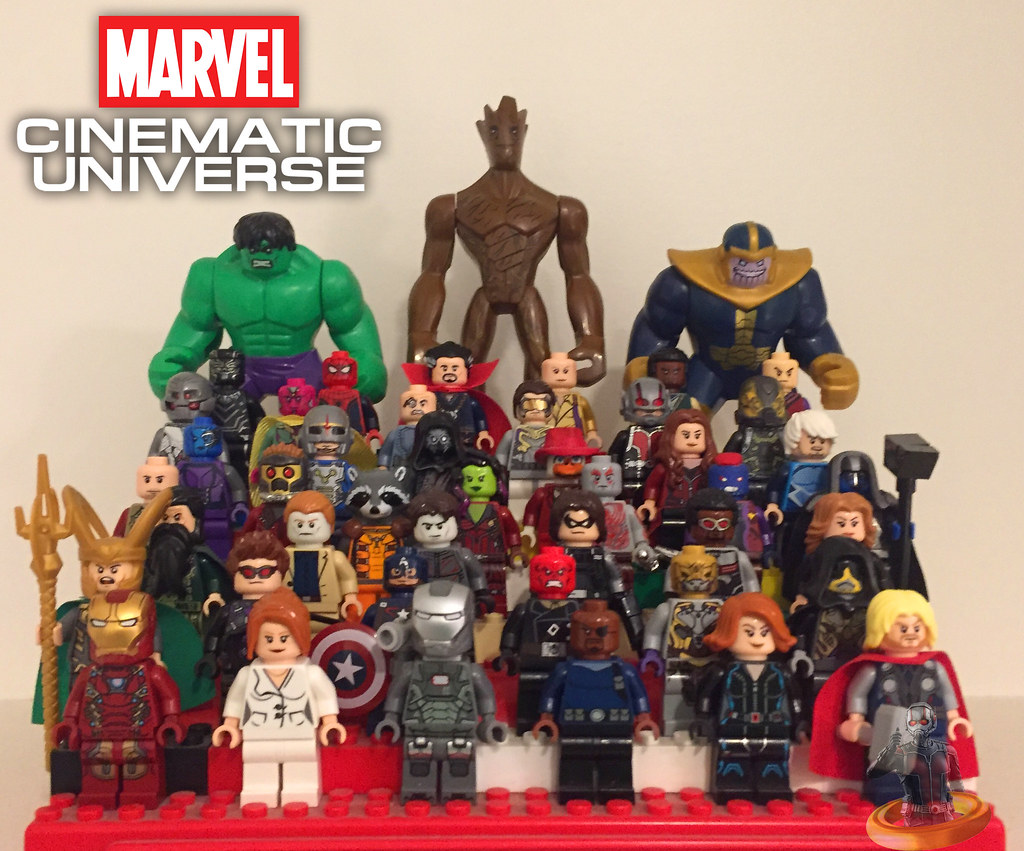
11. The Rise of Marvel Enterprises and New Imprints
Emerging from the depths of bankruptcy, 1997 marked a new dawn for Marvel as Toy Biz acquired Marvel Entertainment Group, leading to the formation of Marvel Enterprises. This critical acquisition was spearheaded by Toy Biz co-owner Isaac Perlmutter, alongside his business partner Avi Arad, publisher Bill Jemas, and editor-in-chief Bob Harras, whose collective efforts were instrumental in stabilizing the beleaguered comics line and steering it towards recovery.
A significant revitalization initiative came in 1998 with the launch of the Marvel Knights imprint. This new line, described as operating “with reduced [Marvel] continuity,” aimed for higher production quality and tougher, grittier stories. Helmed by Joe Quesada, who would soon become editor-in-chief, Marvel Knights breathed new life into characters like Daredevil, the Inhumans, and Black Panther, appealing to a readership hungry for more mature and distinct narratives.
As the new millennium dawned, Marvel Comics fully emerged from its bankruptcy, embarking on a renewed strategy of diversifying its offerings and challenging industry norms. A bold move came with *X-Force #116-119* (October 2001), which was published without the Comics Code Authority (CCA) approval seal due to its violence, prompting Marvel to cease submitting comics for approval and establish its own Marvel Rating System. This period also saw the creation of new imprints like MAX for explicit content, Marvel Adventures for child audiences, and Ultimate Marvel, an alternate universe imprint that successfully rebooted and updated major characters for a new generation of readers.
Read more about: 59 Years Ago, Jack Nicholson Starred In — And Wrote One Of — Two Unseen Western Masterpieces That Redefined A Genre

12. Dominating the Screen: Film and Multimedia Expansion
The early 2000s ushered in an era where Marvel characters began their explosive transition from the printed page to the silver screen, fundamentally reshaping the company’s trajectory and global impact. This period saw Marvel properties adapted into hugely successful film franchises, capturing the imaginations of audiences worldwide and establishing Marvel as a multimedia powerhouse.
The cinematic wave began with the *Men in Black* film series, based on a Malibu Comics book (which Marvel acquired), starting in 1997. This was quickly followed by the *Blade* film series in 1998, and the highly influential *X-Men* film series, which premiered in 2000. These early successes paved the way for the monumental *Spider-Man* film series, launched in 2002, which quickly became the highest-grossing series of its time and firmly cemented Marvel’s viability as a film studio.
Beyond theatrical releases, Marvel continued to innovate in multimedia. In late 2007, the company launched Marvel Digital Comics Unlimited, an extensive digital archive offering over 2,500 back issues to subscribers, embracing the digital frontier. Furthermore, at the New York Anime Fest in December 2007, Marvel announced a partnership with Del Rey Manga to publish original English language Marvel manga books featuring popular characters like the X-Men and Wolverine, signaling a broader push into diverse storytelling formats and global markets.
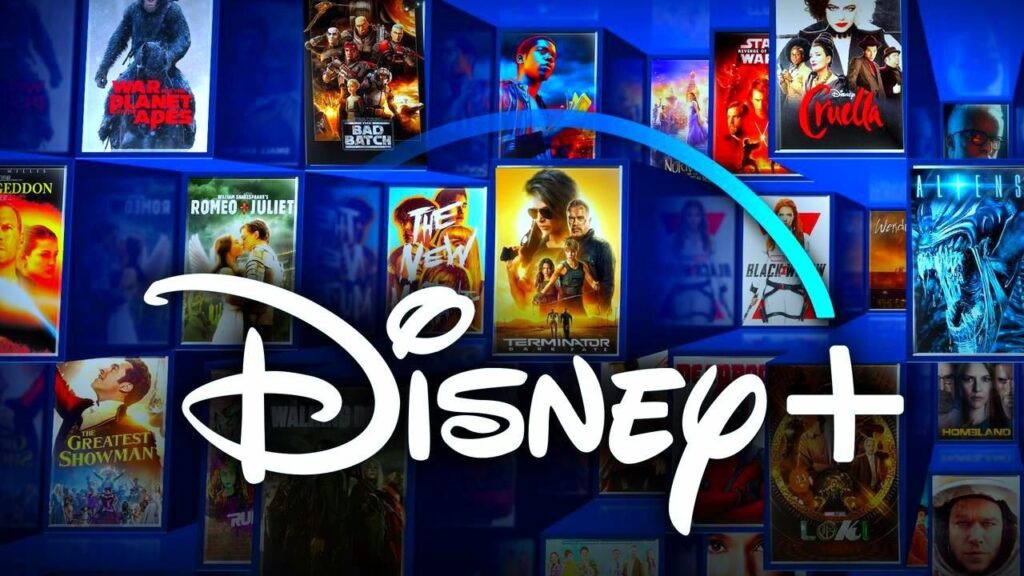
13. The Landmark Disney Acquisition and New Distribution
A truly seismic event in Marvel’s history occurred on August 31, 2009, when The Walt Disney Company announced its intent to acquire Marvel Entertainment, Marvel Comics’ parent corporation. This monumental deal, valued at approximately $4 billion in a cash and stock transaction, profoundly reshaped the future of both companies and the entertainment industry at large. It marked the integration of Marvel’s vast universe of characters into Disney’s expansive conglomerate.
At the time of the acquisition, Marvel and its long-standing rival, DC Comics, together commanded more than 80% of the American comic-book market, highlighting Marvel’s significant cultural and commercial footprint. The integration with Disney was poised to unleash unprecedented opportunities for character development, global merchandising, and cross-media synergy, promising a new era of growth and reach for the Marvel brand.
In the years immediately following the acquisition, strategic operational changes began to unfold. By September 2010, Marvel shifted its bookstore distribution from Diamond Book Distributors to Hachette Distribution Services, optimizing its reach in the book market. Furthermore, in October 2010, Marvel relocated its offices to the Sports Illustrated Building, consolidating its operations within New York City as it settled into its new corporate identity under Disney’s stewardship. This pivotal period set the stage for a dramatic evolution of the Marvel brand.
Read more about: Behind the Billions: Unpacking the Marvel Cinematic Universe’s Complex Financial Journey and Strategic Budget Shifts
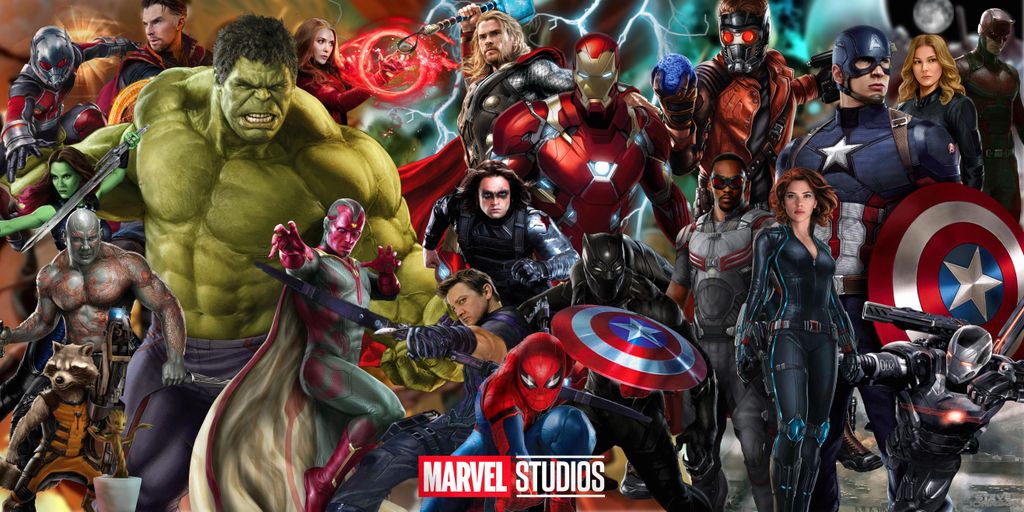
14. The Modern Era: Relaunches, Branding, and Digital Frontiers
Under the Disney umbrella, Marvel Comics entered a dynamic modern era characterized by continuous relaunches, bold branding initiatives, and a robust embrace of digital innovation. In March 2011, Marvel relaunched the CrossGen imprint, now owned by Disney Publishing Worldwide, further diversifying its publishing strategy. This was followed by a joint publishing venture with Disney Publishing in May of the same year, producing the *Disney/Pixar Presents* magazine.
The company continued to evolve its comic lines, discontinuing the Marvel Adventures imprint in March 2012 and replacing it with a new line of titles directly connected to the Marvel Universe TV block. A major initiative, Marvel ReEvolution, was announced in March 2012, introducing Infinite Comics (a line of digital comics), Marvel AR (an augmented reality application for readers), and Marvel NOW!, a comprehensive relaunch of most major titles with fresh creative teams, including new flagship series like *Uncanny Avengers* and *All-New X-Men*.
The collaborative spirit with other Disney entities blossomed further. In April 2013, joint projects were announced, including a *Once Upon a Time* graphic novel with ABC and the launch of the “Disney Kingdoms” imprint with Disney itself, starting with the *Seekers of the Weird* miniseries in January 2014. A landmark announcement on January 3, 2014, confirmed that *Star Wars* comics would return to Marvel in 2015, uniting another beloved Lucasfilm property under the Marvel banner.
Following the epic “Secret Wars” crossover in 2015, a relaunched Marvel Universe, dubbed “All-New, All-Different Marvel,” began in September 2015, signaling yet another era of fresh storytelling. This was followed by the “Marvel Legacy” relaunch in Fall 2017. Recent developments include Conan’s return to Marvel in early 2019 and a partnership with Serial Box for original digital stories in March 2019.
Navigating the challenges of the COVID-19 pandemic, which temporarily halted new comic releases in 2020, Marvel also undertook significant distribution shifts. A major move from Diamond Comic Distributors to Penguin Random House occurred in October 2021. Furthermore, a corporate restructuring in March 2023 saw Marvel Comics transferred to Disney Publishing Worldwide, culminating in a new corporate logo unveiled in June 2024, signifying its enduring legacy and continuous evolution within the vast Disney universe.
From its humble origins as Timely Publications to its current status as a colossal global entertainment entity under the Disney banner, Marvel’s journey is a testament to relentless creativity, strategic evolution, and an unwavering connection with its audience. The twists and turns, the innovations, and the challenges overcome have not merely built a publishing house, but a universe—a shared tapestry of stories that continues to grow, inspire, and resonate across every imaginable medium. It’s a legacy forged in imagination, poised to continue shaping the future of storytelling for generations to come, truly making it an unstoppable force in popular culture.


